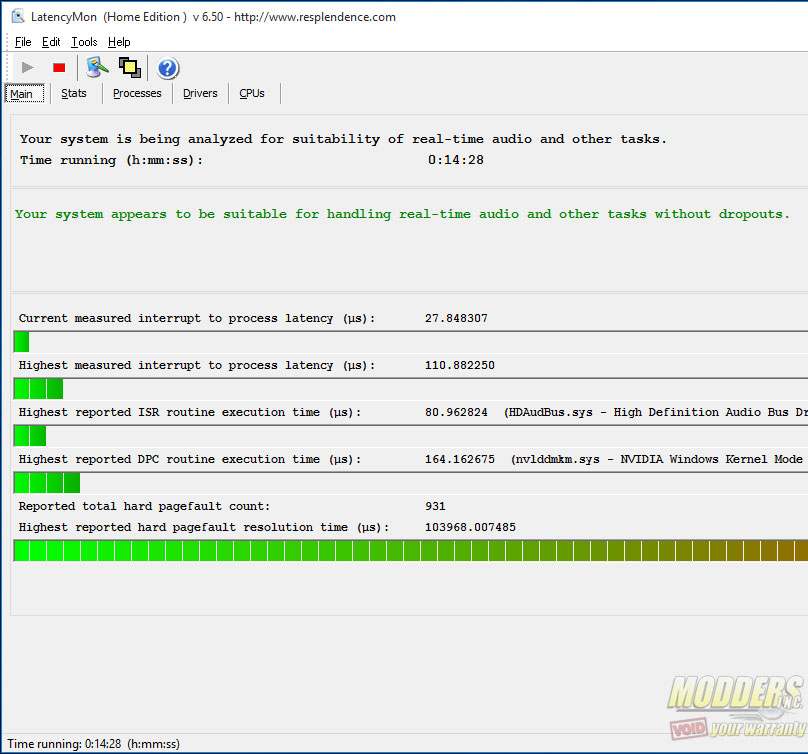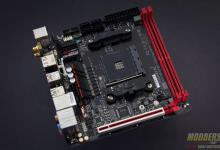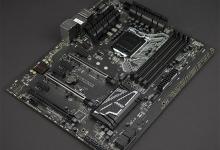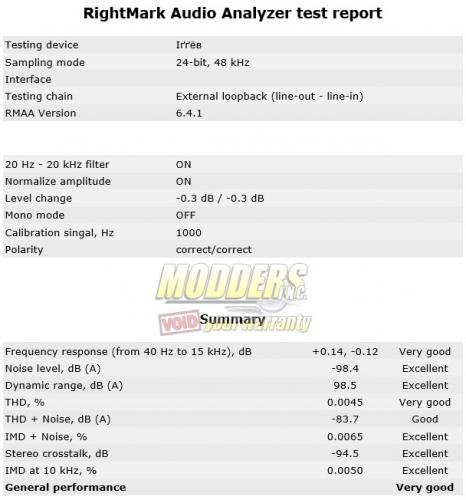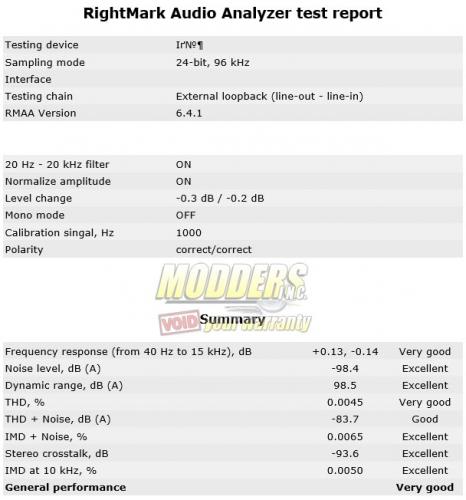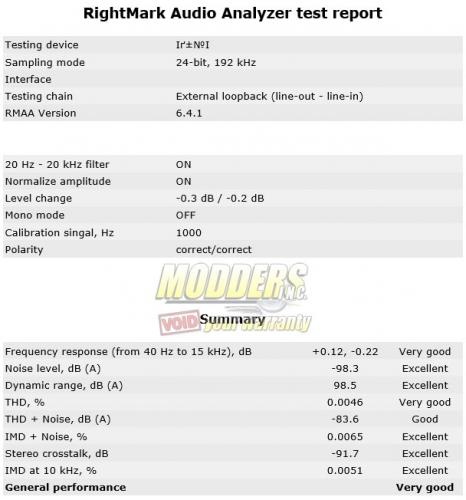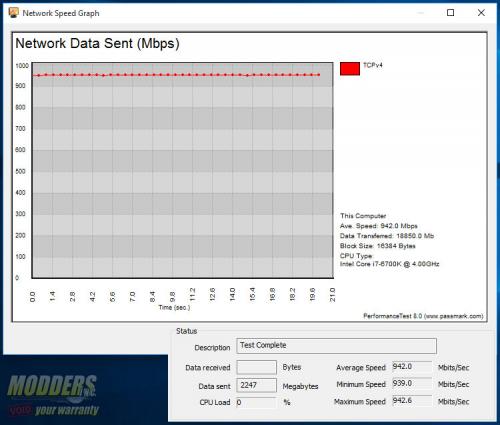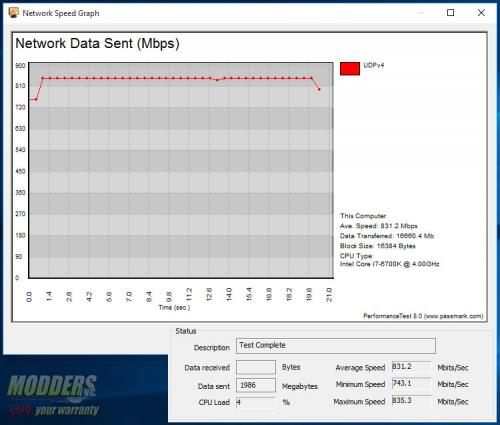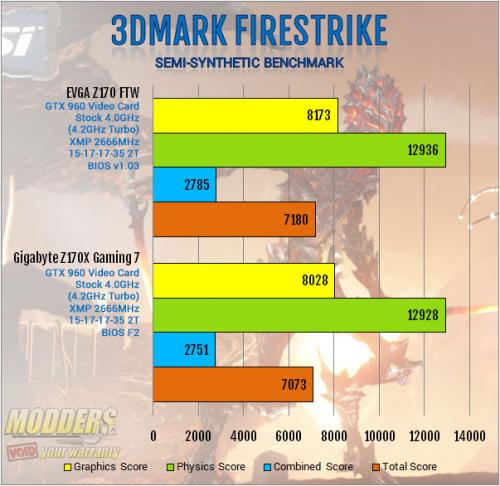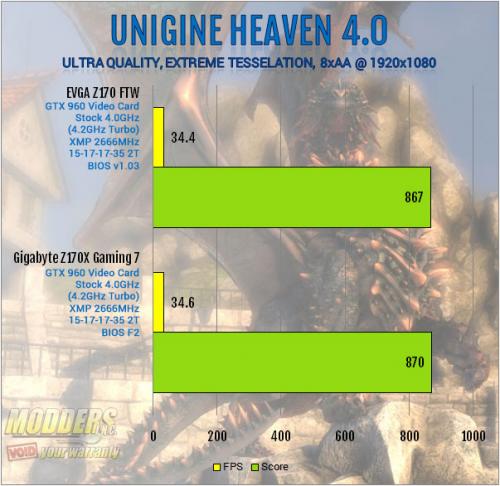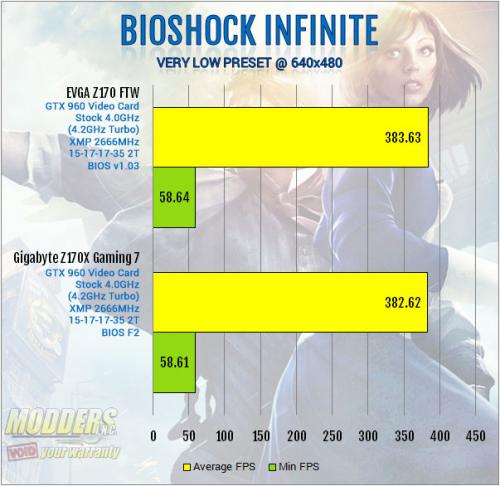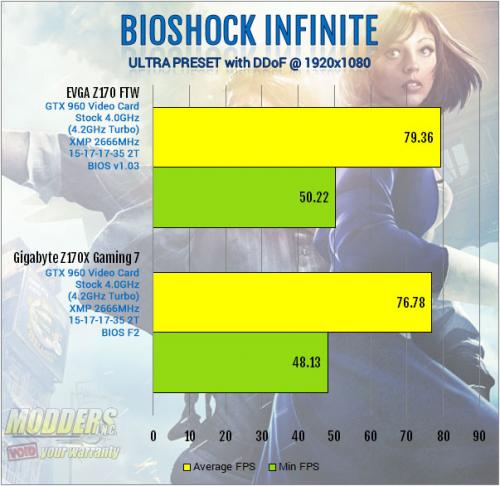EVGA Z170 FTW Motherboard Review: An Overclocking Gambit
Sub-system Benchmarks (Storage, Audio, Network, Gaming)
All USB 3.0 and SATA 6G ports are via the Z170 chipset with no 3rd party controllers.
On-board Audio
Before proceeding with audio benchmarks, Deferred Procedure Call latency must be first checked to make sure that the system is capable of producing useable results when the Rightmark Audio Analyzer benchmark was run. DPC is a Windows function that involves prioritizing tasks within the OS and high DPC latencies can be caused by several things including hardware device conflict. The DPC Latency Monitor graphically displays the latency level of the system in real time.
After leaving the system running for 15 minutes, the highest measured interrupt to process latency was 110.88 and all other numbers were in the green indicating that the system is suitable for handling real-time audio. Now we can run RightMark Audio Analyzer tests using a short 3-inch 3.5mm audioloop cable that goes in the rear line-in and line-out ports for a loopback test to objectively test internal audio performance. The highest 24-bit 48kHz, 96kHz and 192kHz settings were used.
Network Connectivity
Network testing was conducted with a 4-port Cisco E3200 Gigabit Dual-Band Wireless N router and a pair of 6-ft long Cat5E cables connecting the server PC and the test motherboard. The server system is running an Intel Core i7-5775C processor on an Asrock Z97 Extreme 4 motherboard with an Intel i218-v PHY. Interrupt Moderation was disabled, running TCP and UDP tests.
Gaming Benchmarks
Futuremark’s 3DMark is a semi-synthetic gaming benchmark that calculates both graphics and CPU-bound physics in a controlled series of tests and provides scores that can be compared with other gaming platforms. Unigine Heaven is a synthetic benchmark that is completely GPU bound for testing possible PCI-E graphics performance inconsistencies.
A gaming test run for Bioshock Infinite at the lowest resolution and settings was performed as well as a test with maximum details at a 1920 x 1080 resolution. CPU performance difference can be gauged due to the reduced reliance on the discrete GPU at those low levels theoretically but a high resolution benchmark was also conducted to see if there are inconsistencies with PCI-E graphics performance.

